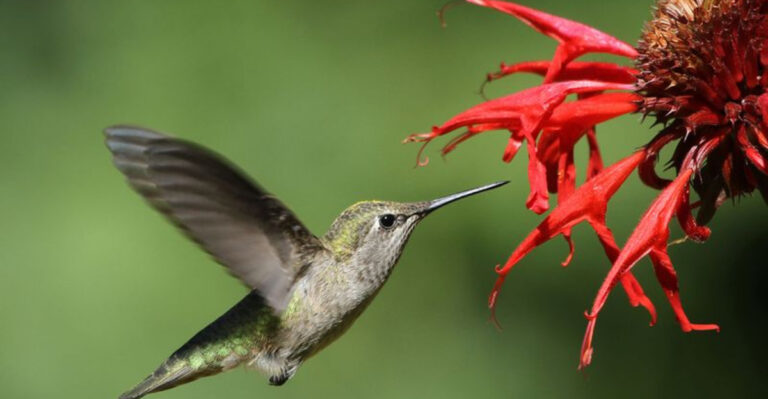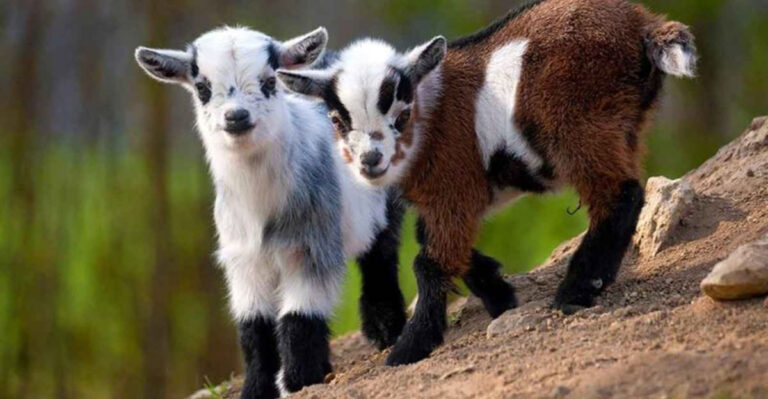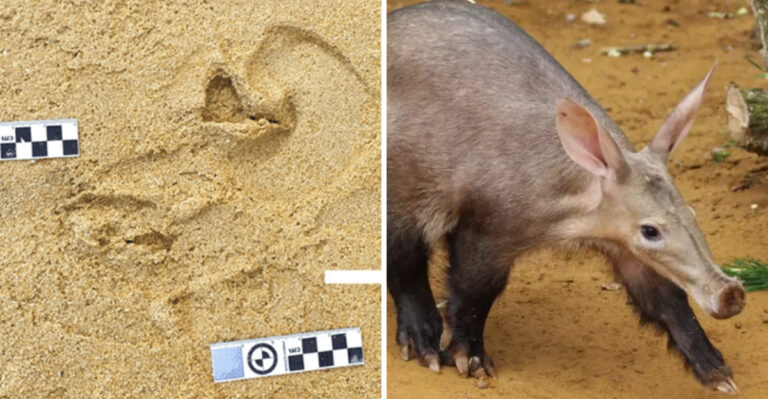21 Strikingly Pink Animals That Don’t Even Look Real
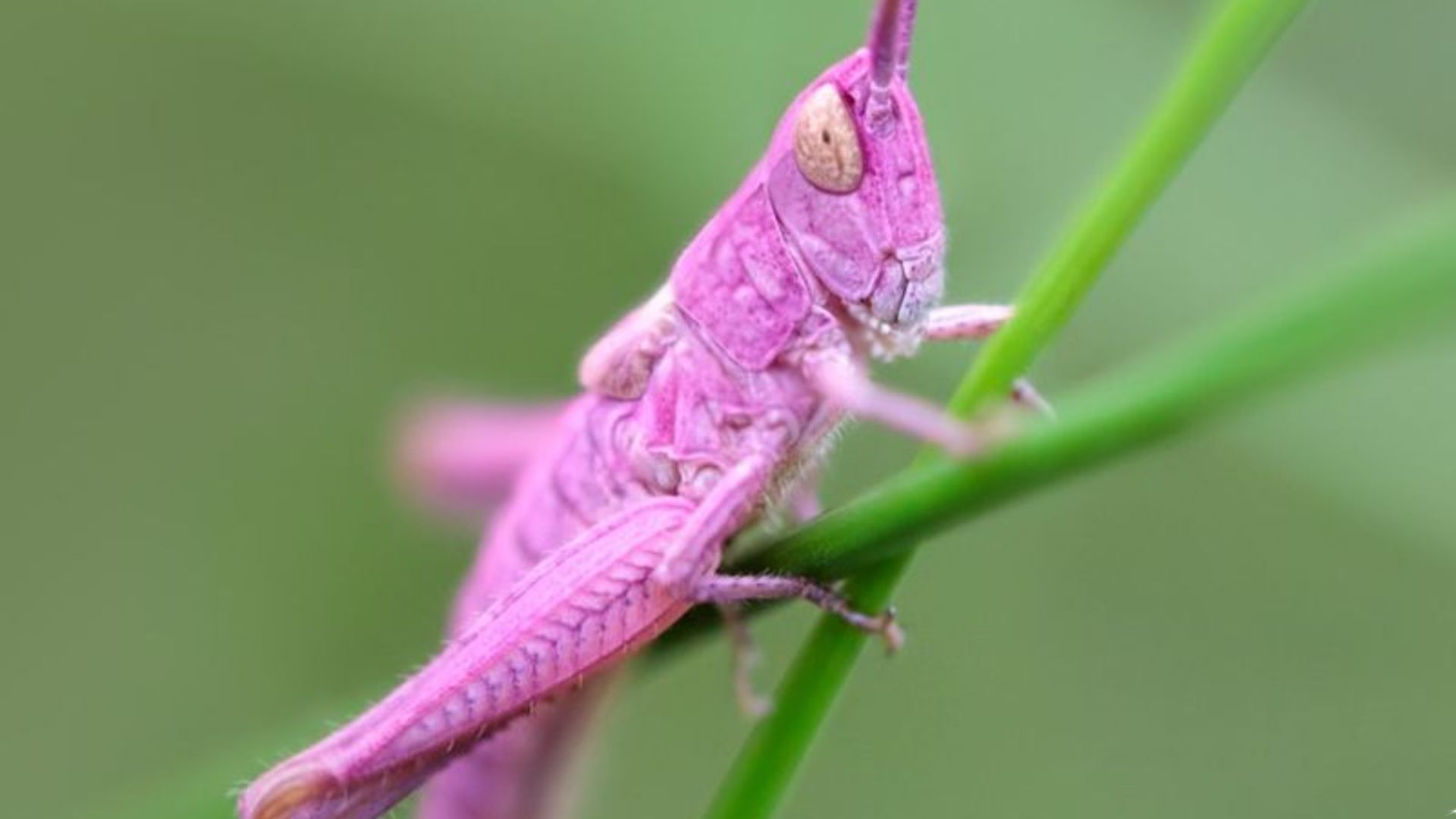
In a world dominated by shades of green and brown, pink emerges as a color of intrigue and fascination, especially in the animal kingdom.
Often associated with rarity, pink animals captivate observers with their vibrant, unusual hues. From the depths of the ocean to the heights of the sky, these animals exhibit a mesmerizing range of pink tones that are sure to leave you in awe.
1. Pink Katydid
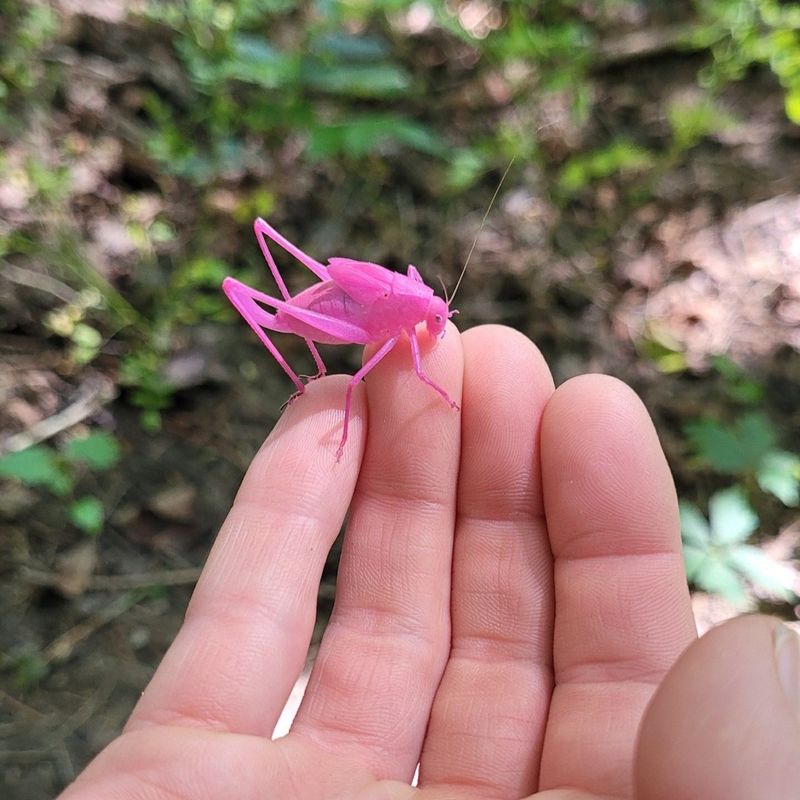
Like the pink grasshopper, the pink katydid owes its hue to a rare genetic mutation. These rosy insects are a rare sight and look like nature’s own valentine.
2. Pink Nudibranch
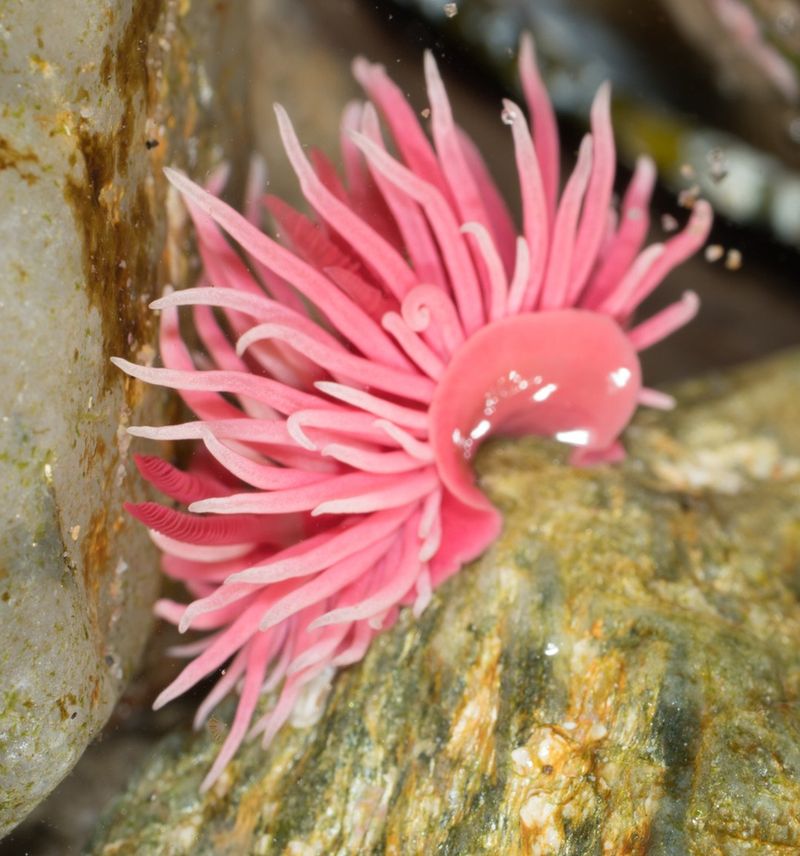
These sea slugs flaunt neon pink bodies and frilly gills that make them look more like candy than creatures. Despite their delicate looks, they’re surprisingly hardy and venomous to predators.
3. Amazon River Dolphin
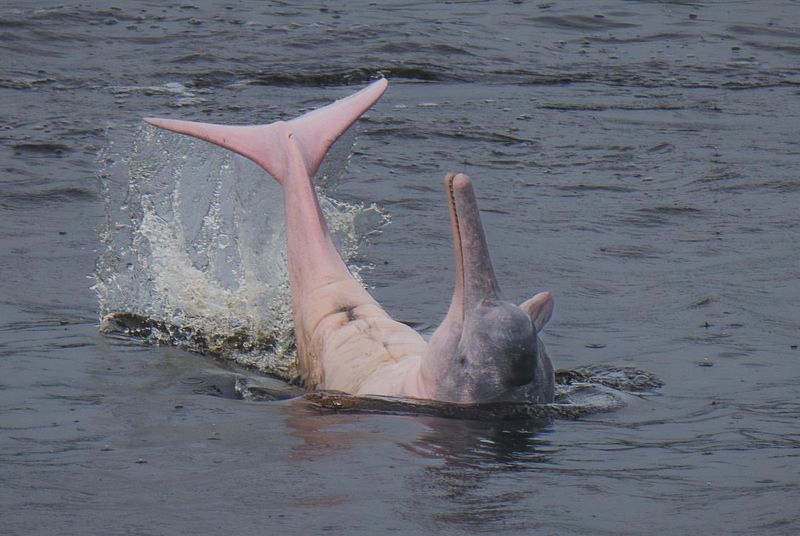
Also known as the pink river dolphin, this freshwater marvel lives in the Amazon Basin.
Its bubblegum hue becomes more pronounced with age and activity, making it one of the most eye-catching aquatic mammals on Earth.
4. Flamingo
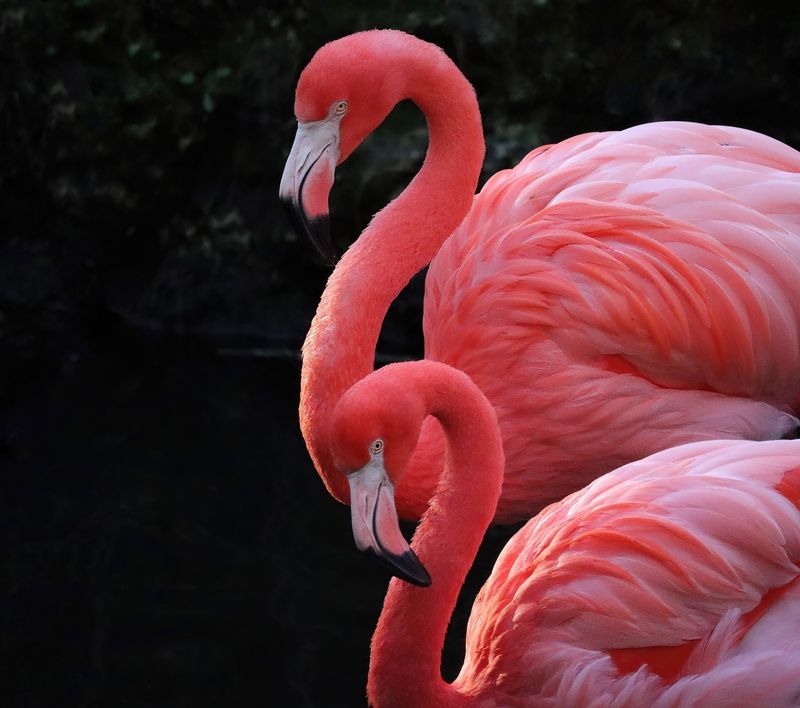
Perhaps the most famous pink animal, flamingos get their rosy color from carotenoids in their diet. These tall, elegant birds are a striking sight in lagoons and salt flats around the world.
5. Axolotl
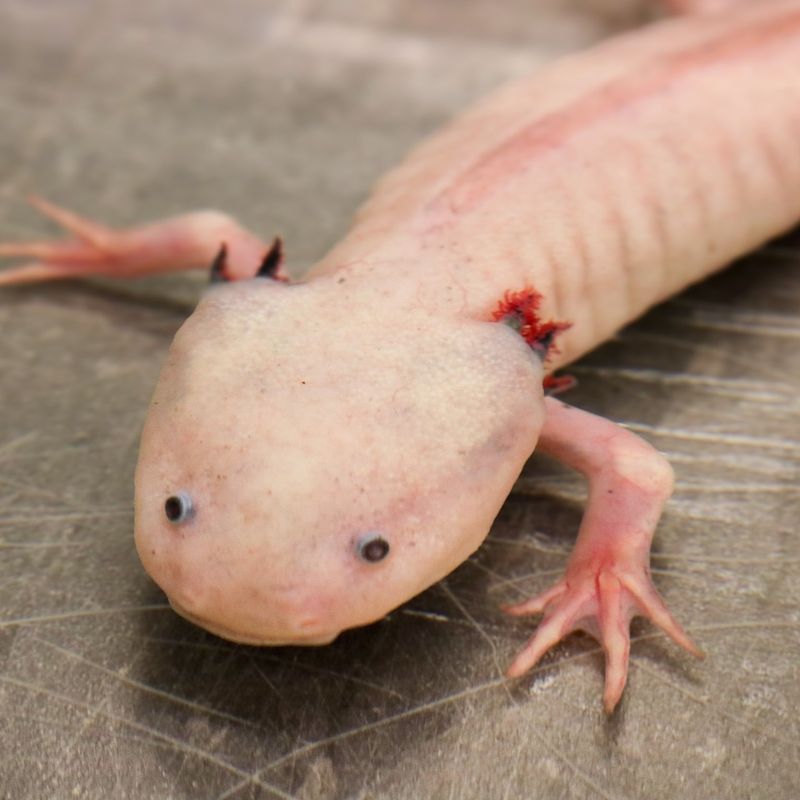
This pink amphibian looks like it stepped out of a fantasy world. Its translucent skin and feathery gills make the axolotl a captivating—and oddly adorable—creature.
6. Pink Fairy Armadillo
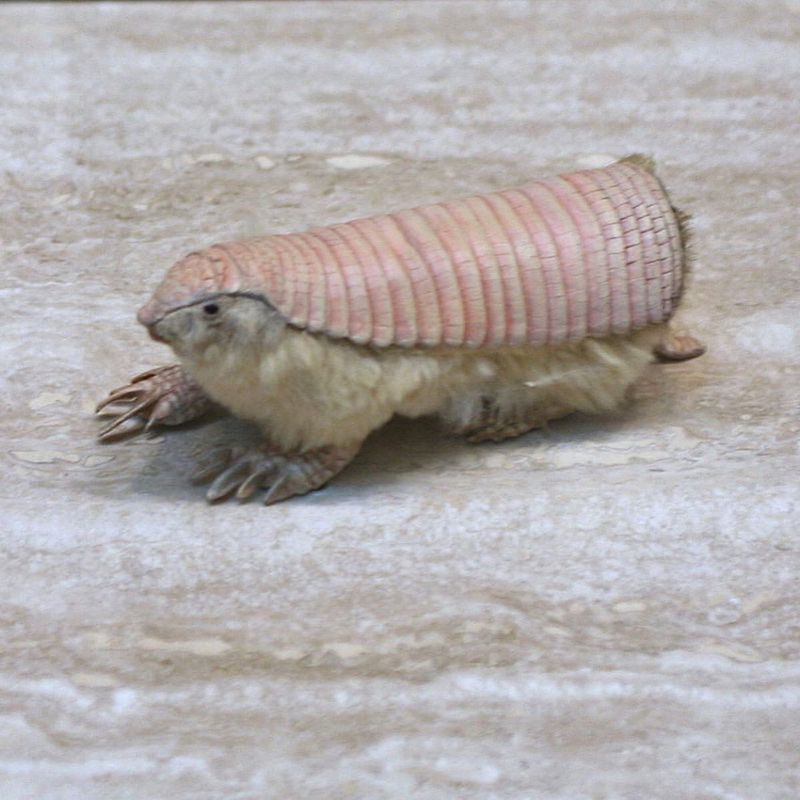
The tiniest species of armadillo, this rare animal has a pale pink shell and fuzzy white belly. It spends most of its life underground, making sightings incredibly rare.
7. Roseate Spoonbill
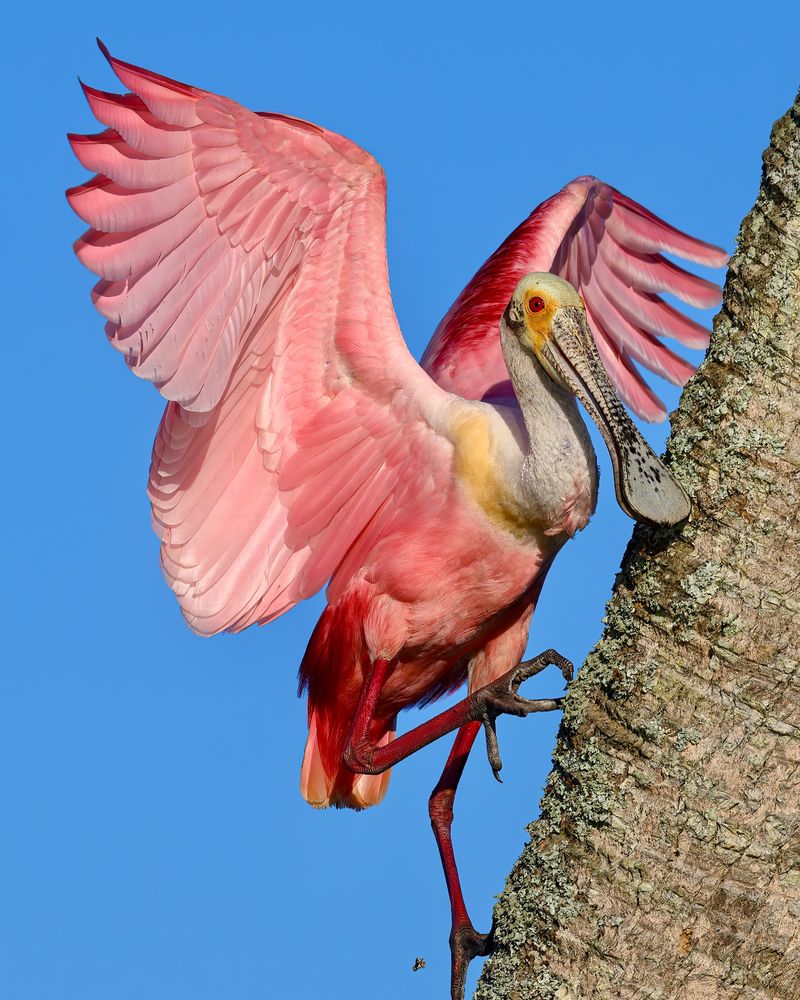
With its bright pink feathers and distinctive spoon-shaped bill, this wading bird is often mistaken for a flamingo. Its vivid coloring comes from a diet rich in crustaceans.
8. Pink Starfish
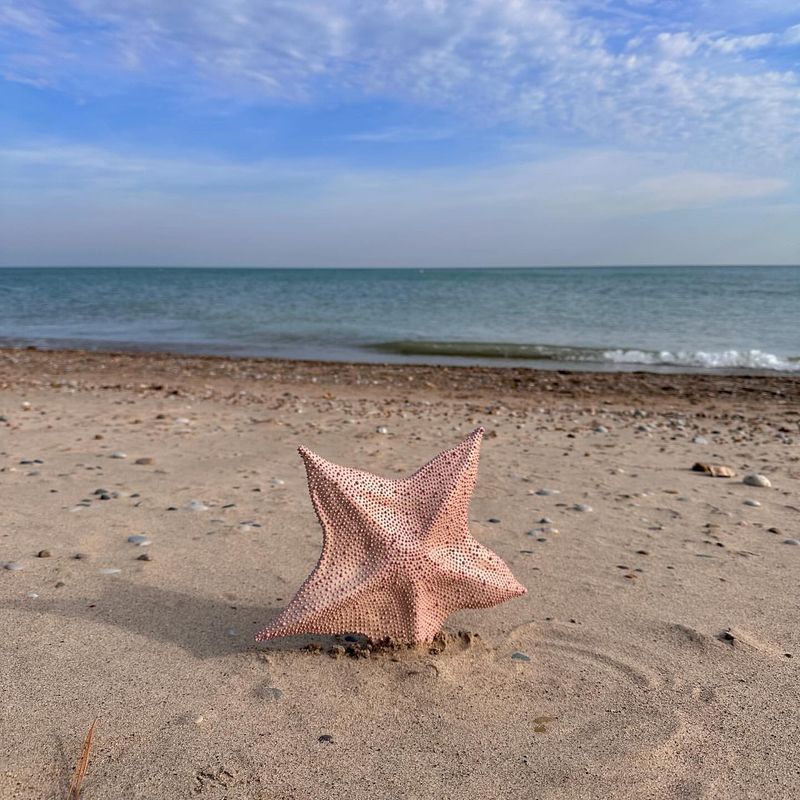
Also known as sea stars, many species display brilliant pink hues. Their vibrant color and symmetrical design make them look more like decorations than real marine animals.
9. Lion’s Mane Jellyfish
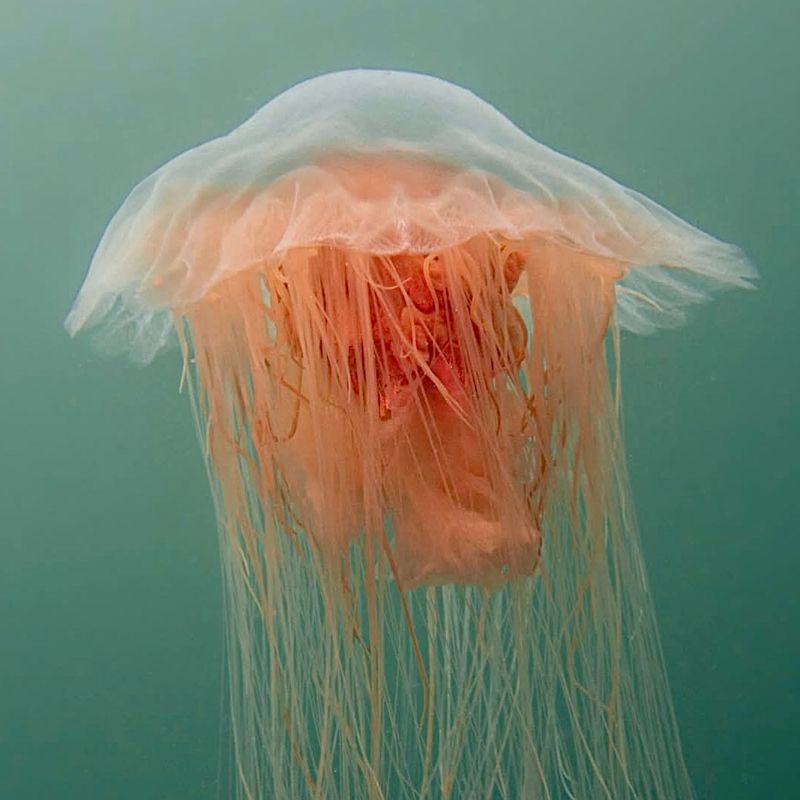
While they’re usually associated with orange tones, some varieties of this massive jellyfish appear pink, especially in shallower waters. Their trailing tentacles can stretch up to 120 feet.
10. European Robin (Pinkish Feathers)
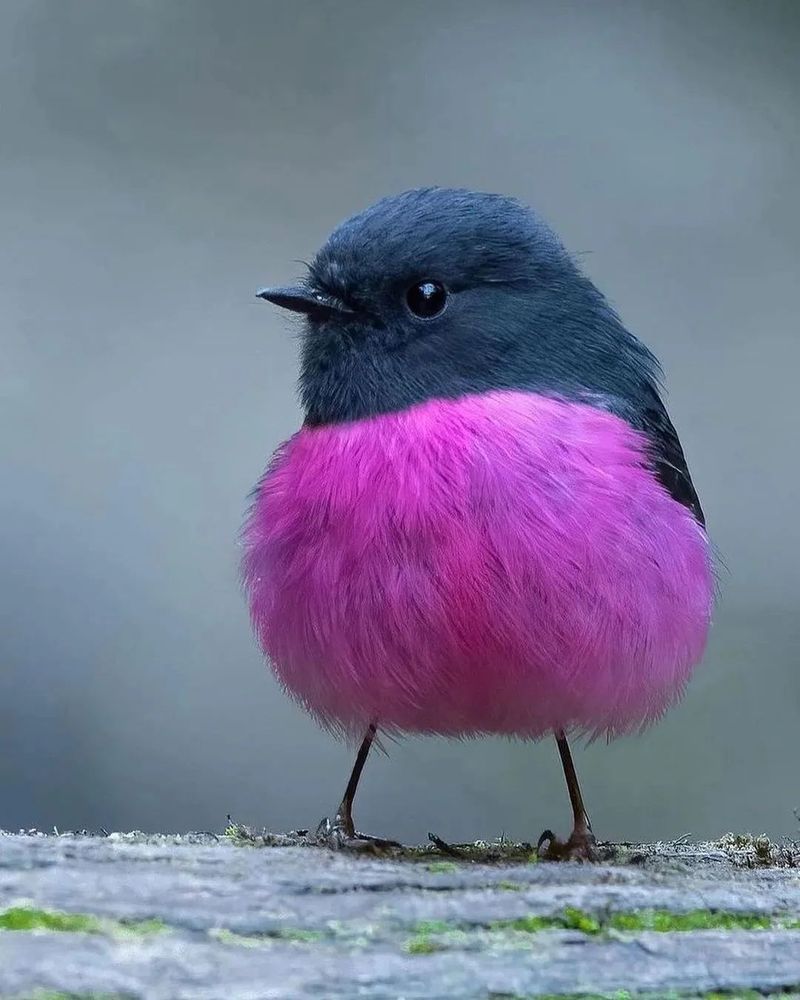
Though typically described as red-breasted, the robin’s chest often has a pinkish tint. This small songbird adds a splash of color to European gardens and forests.
11. Pink Grasshopper
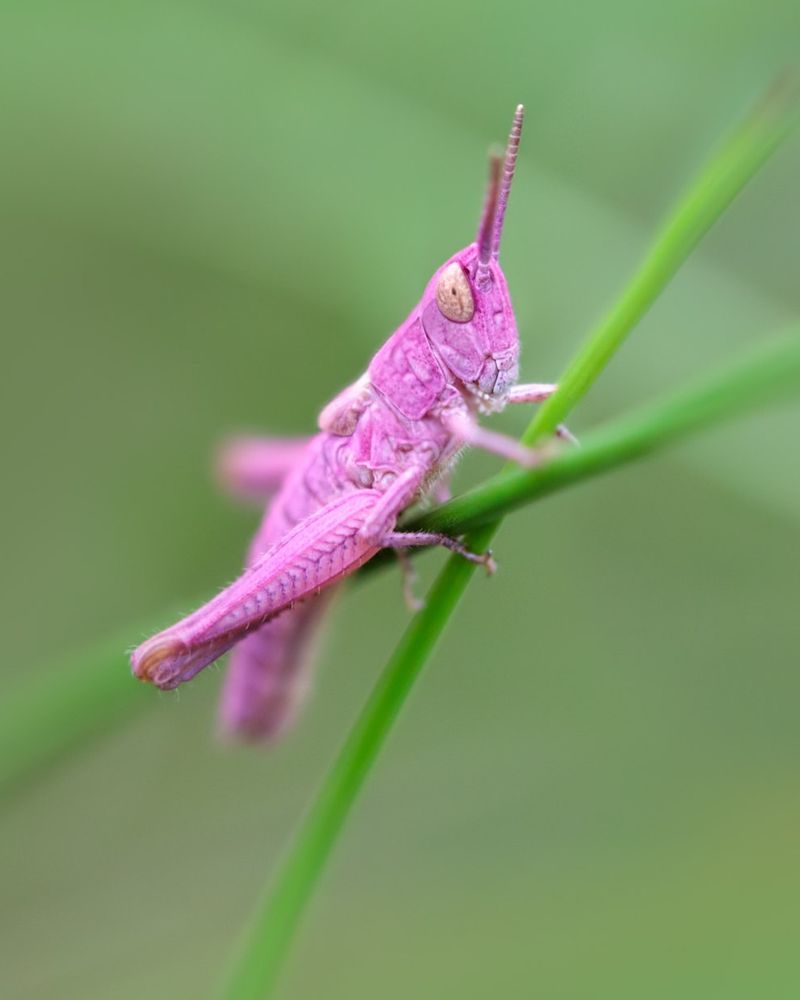
A rare genetic mutation gives some grasshoppers a bright pink coloring. These vibrant hoppers are hard to spot in the wild due to their unusual coloring making them easy prey.
12. Pinkish-Coral Seahorse
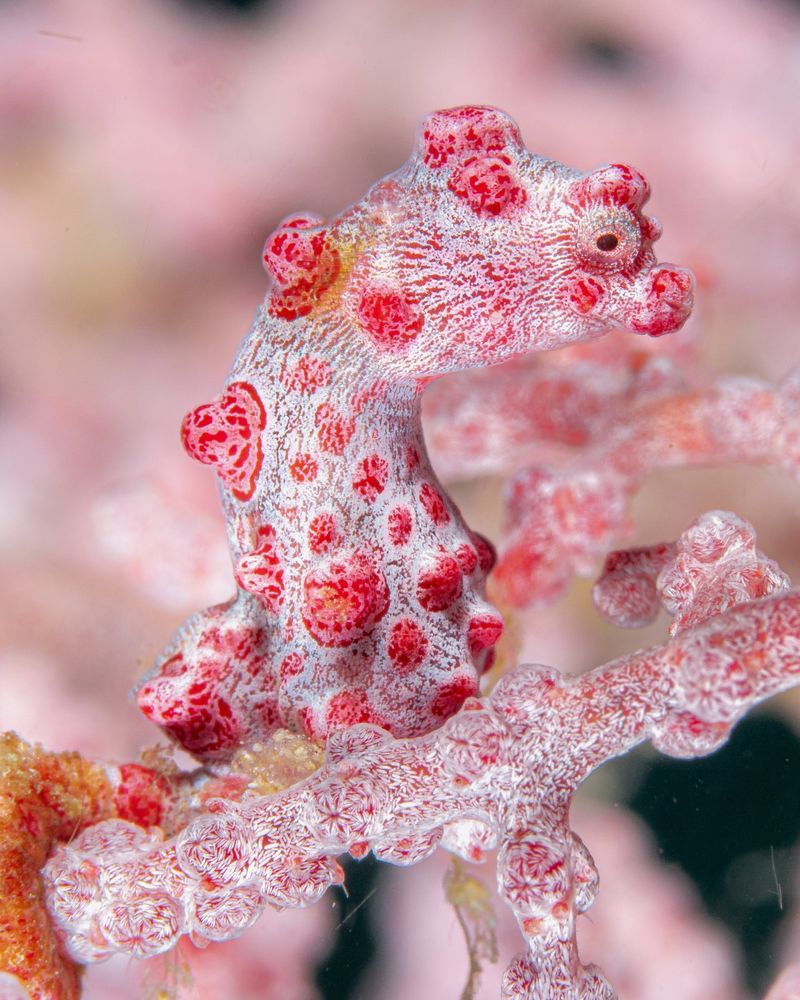
These tiny seahorses often match the coral they cling to, sometimes taking on brilliant pink hues. Their camouflage serves both beauty and survival.
13. Pink Dragonfly
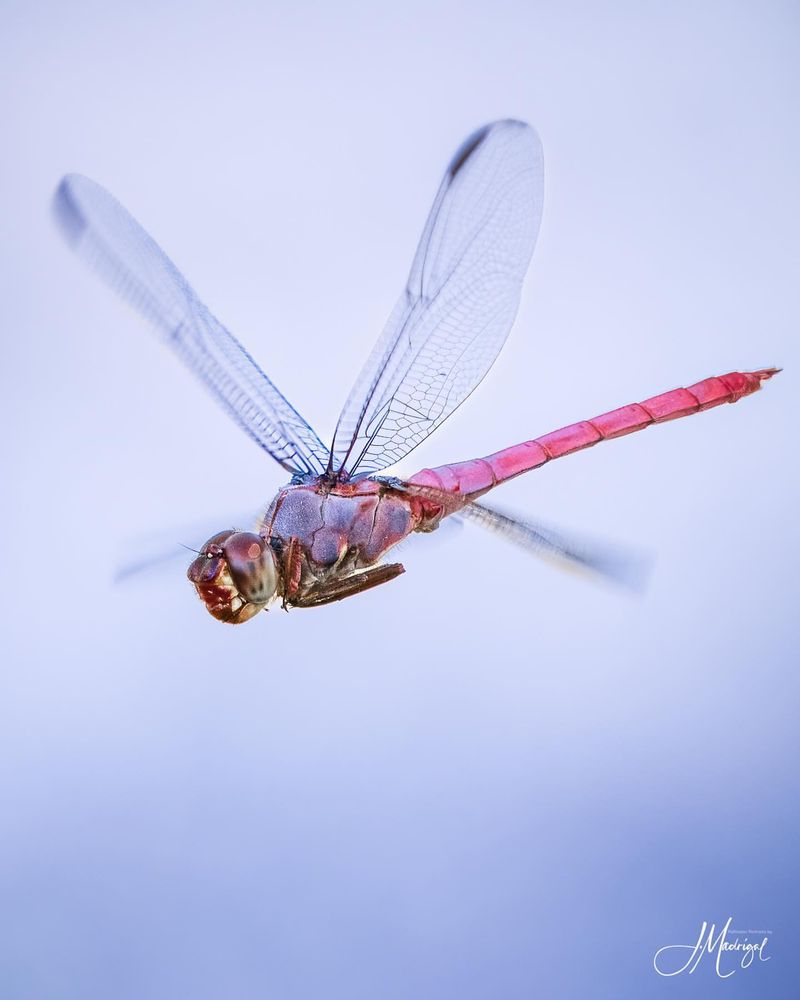
Some species, like the roseate skimmer, flaunt vivid pink bodies that shimmer in the sunlight. Their eye-catching color makes them favorites among wildlife photographers.
14. Pink Jellyfish (Rhodophyta Species)
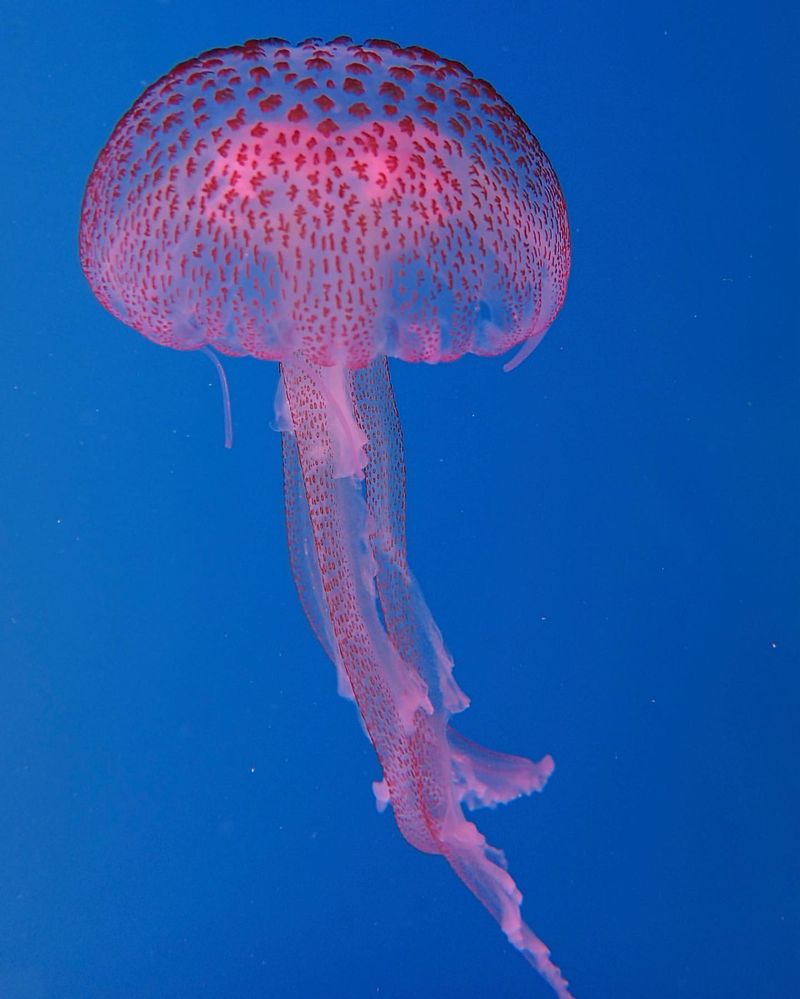
These translucent jellyfish shimmer with a soft pink glow that looks almost magical. They drift gracefully through the ocean, resembling floating blobs of cotton candy.
15. Pink Coral Snake
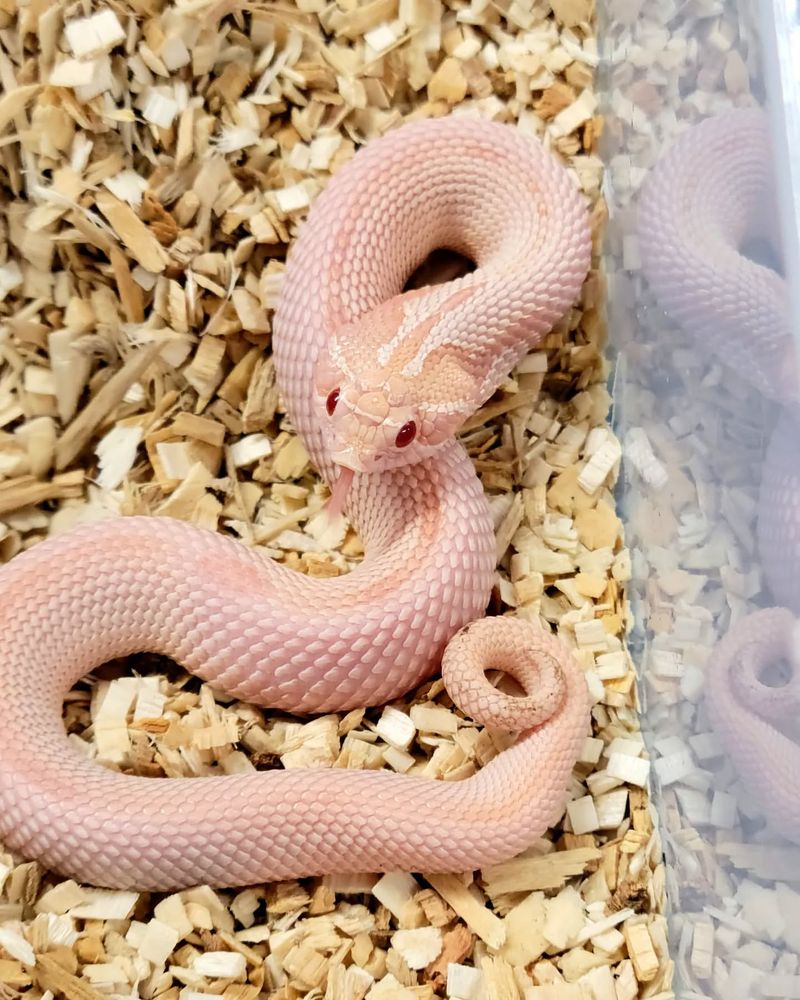
While most coral snakes are known for their red, yellow, and black bands, some rare variations display pinkish-red hues that look both beautiful and deadly.
16. Cuttlefish (Varieties)
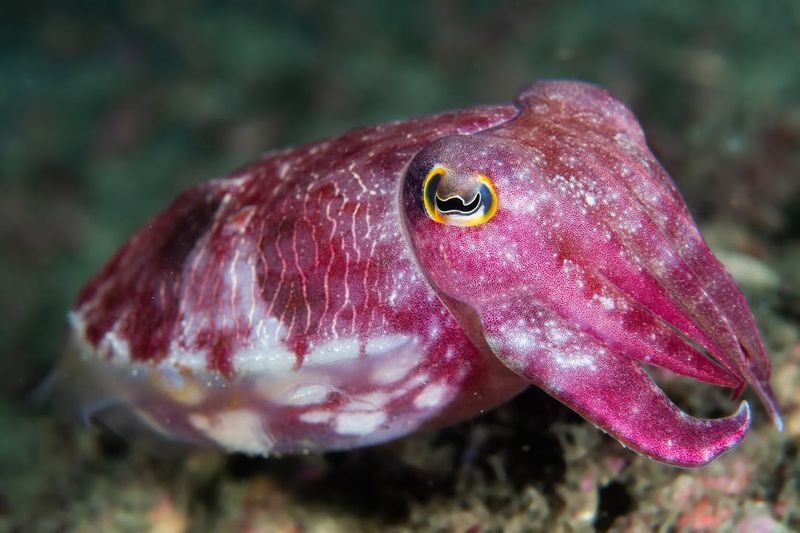
Cuttlefish can change their skin color, and some display dazzling shades of pink when threatened or during courtship. These cephalopods are masters of camouflage and color.
17. Pink Spotted Cichlid
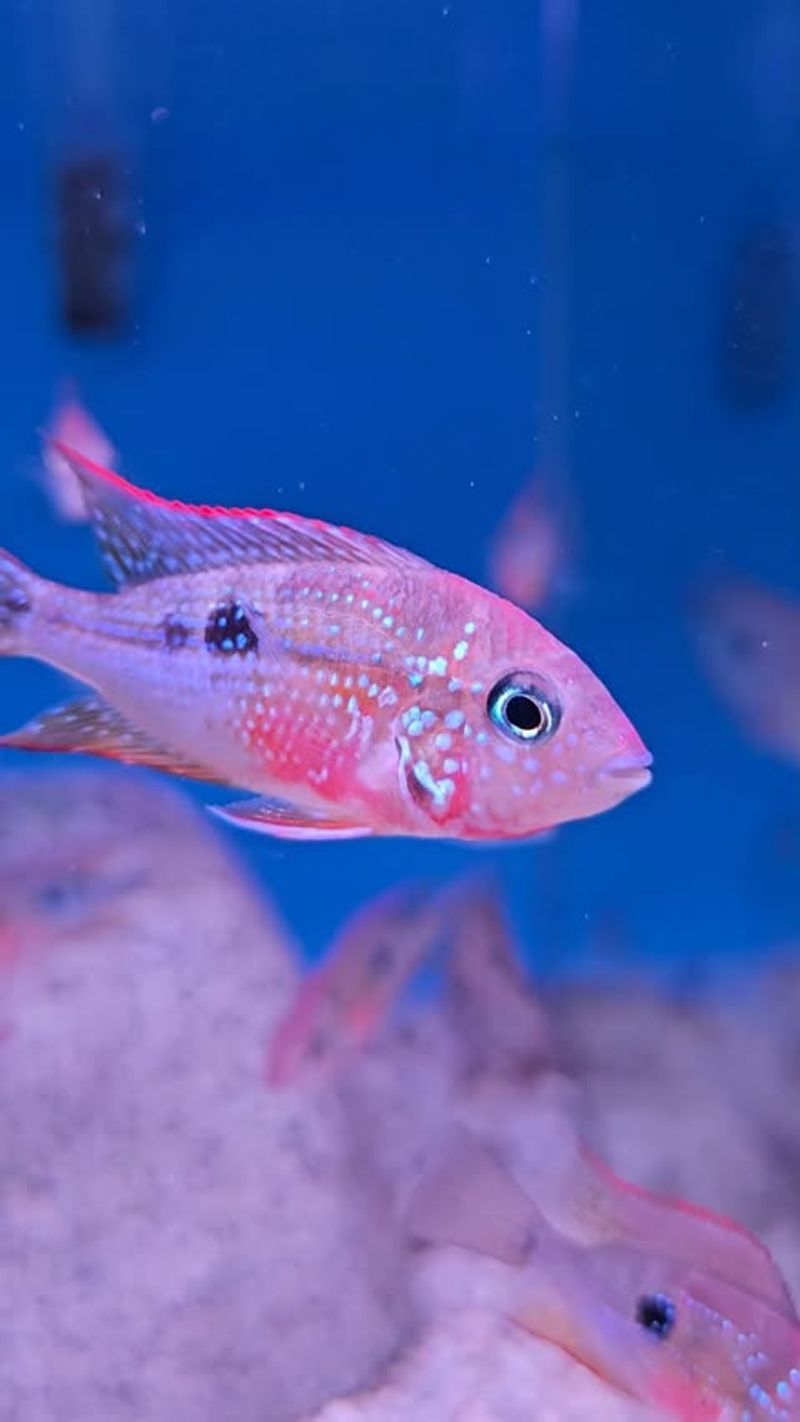
This freshwater fish boasts pink speckles and shimmering scales. Found in warm waters, it’s a favorite among aquarists for its unusual coloration.
18. Pink-Edged Angelfish
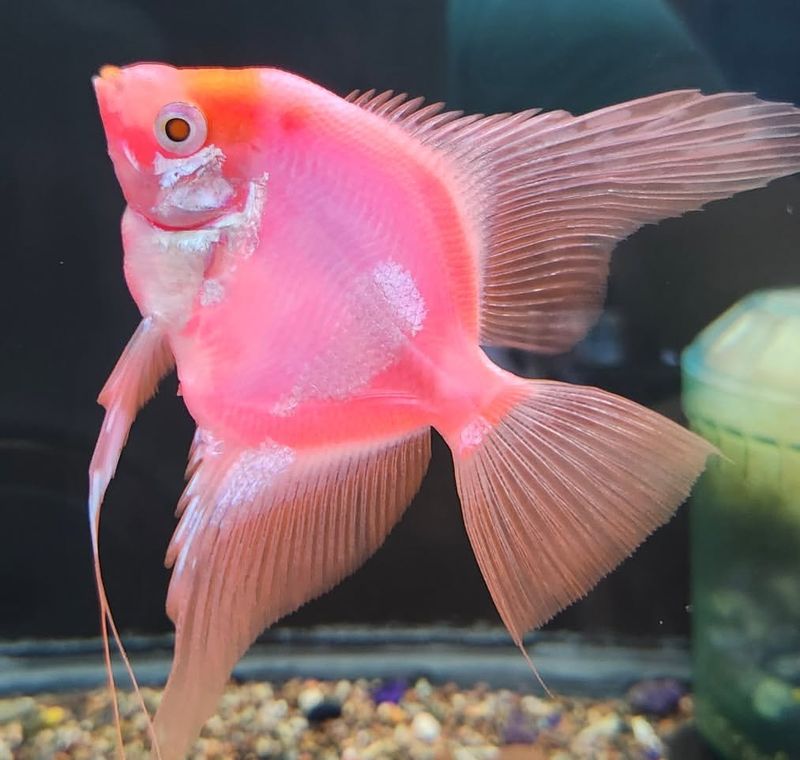
Found in the Indo-Pacific, this marine fish features delicate pink edges along its fins and body. Its subtle coloring gives it a graceful, elegant appearance underwater.
19. Pink Perch
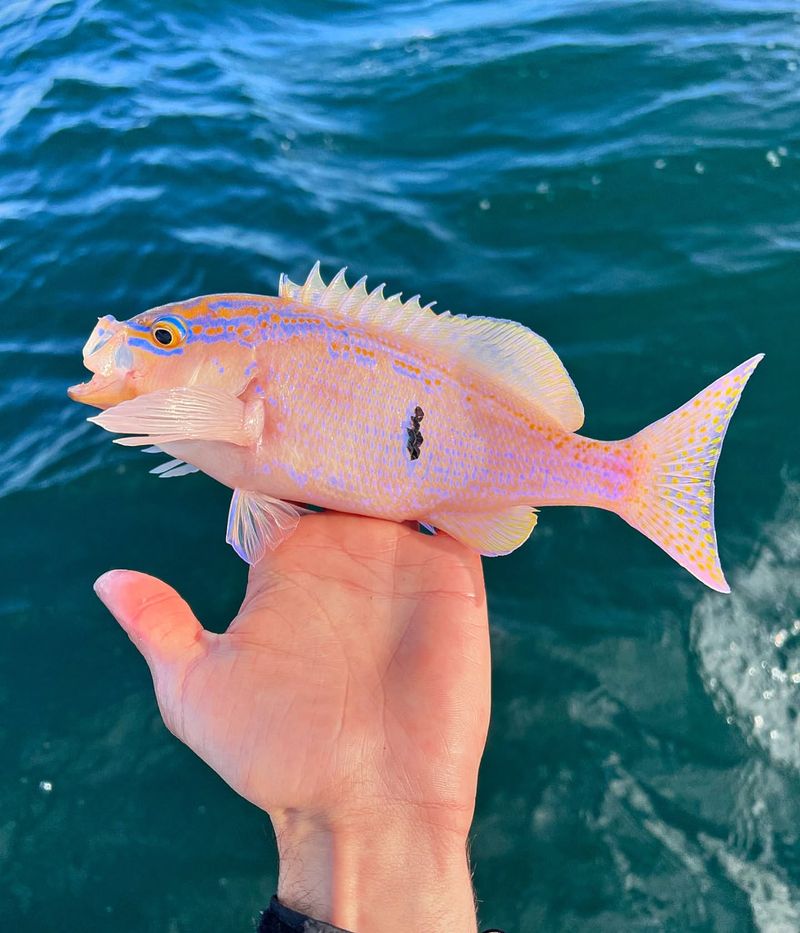
Certain species of perch develop pink coloring due to their environment and diet. Their soft hue stands out in otherwise silvery schools.
20. Pink-Tailed Worm Lizard
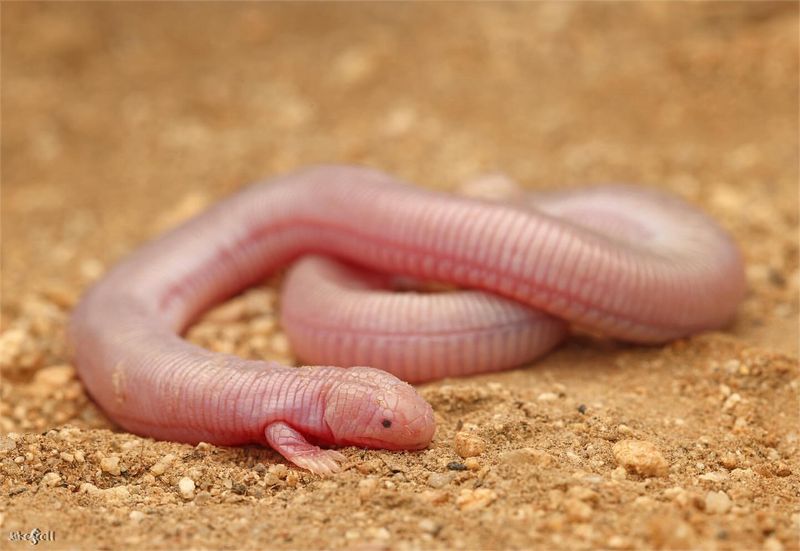
Despite its name, this legless reptile is neither a worm nor a lizard. Its smooth body and distinct pink tail give it an otherworldly look as it slithers underground.
21. Pink-Tailed Scorpionfish
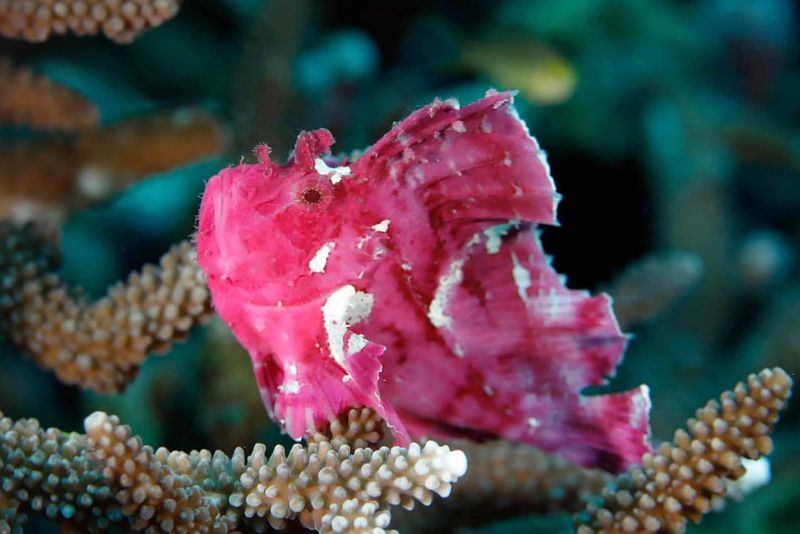
This reef-dwelling predator uses its mottled pink body to blend in with coral. It may look pretty, but its venomous spines deliver a painful sting.

